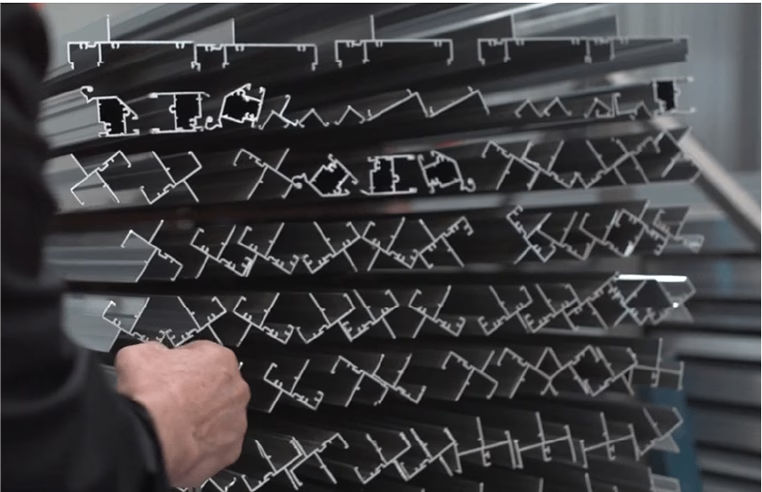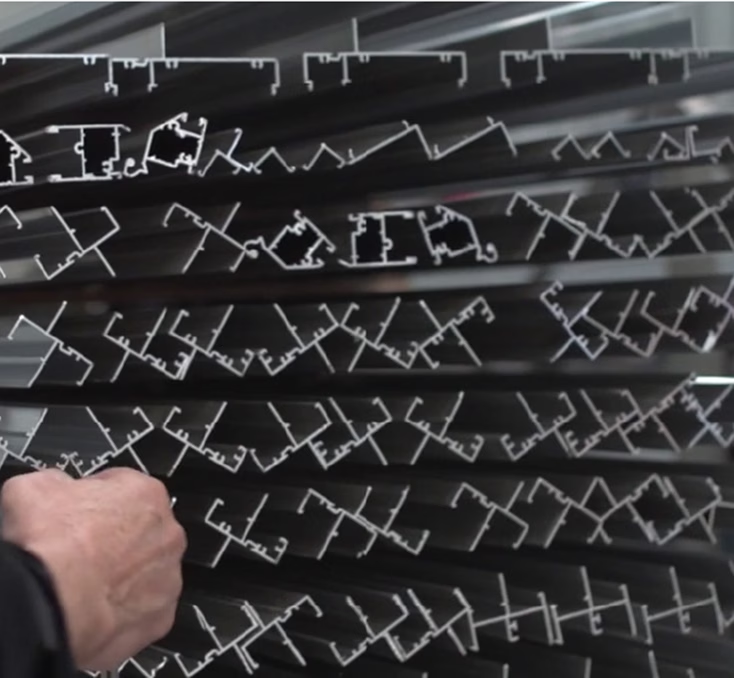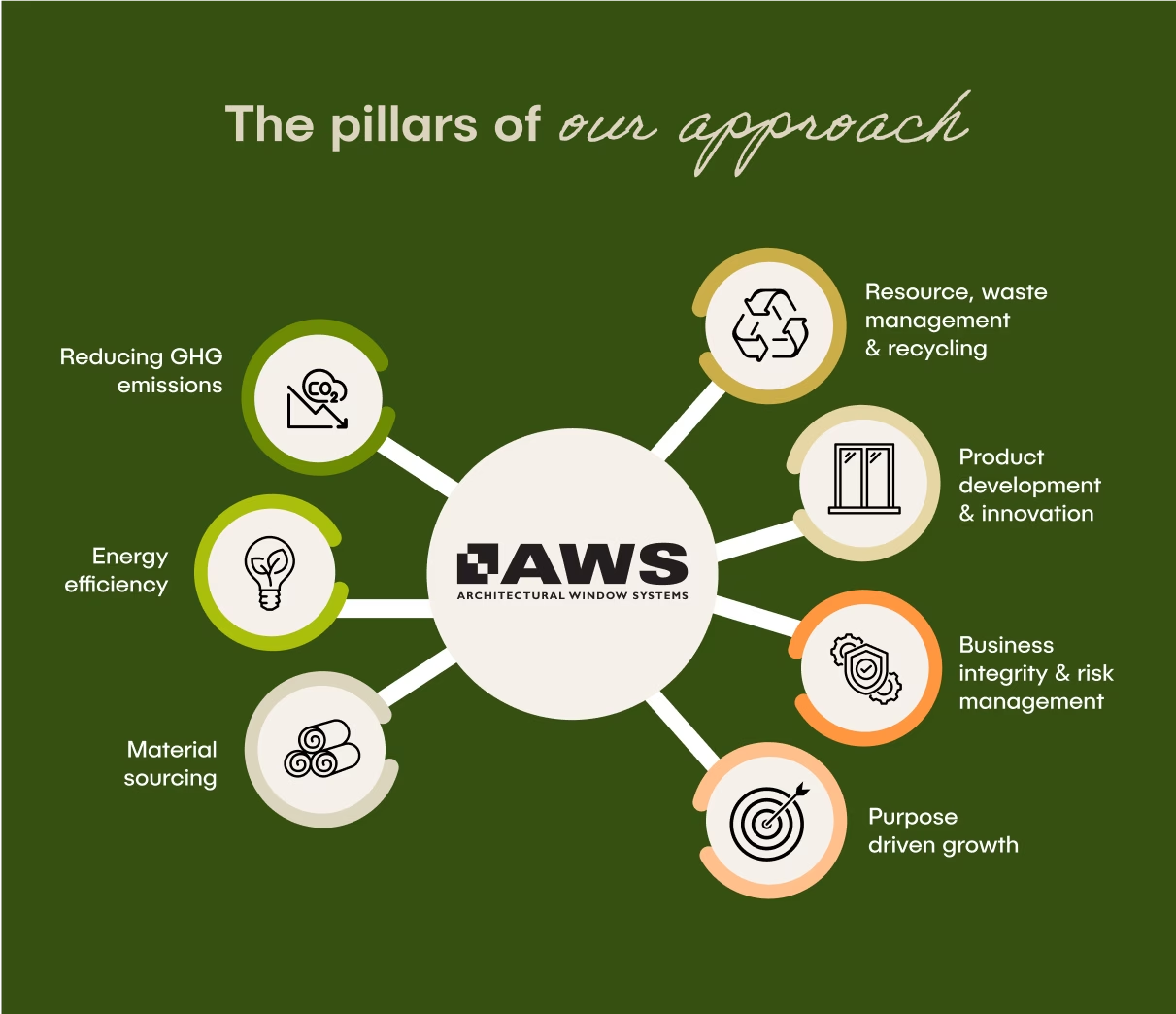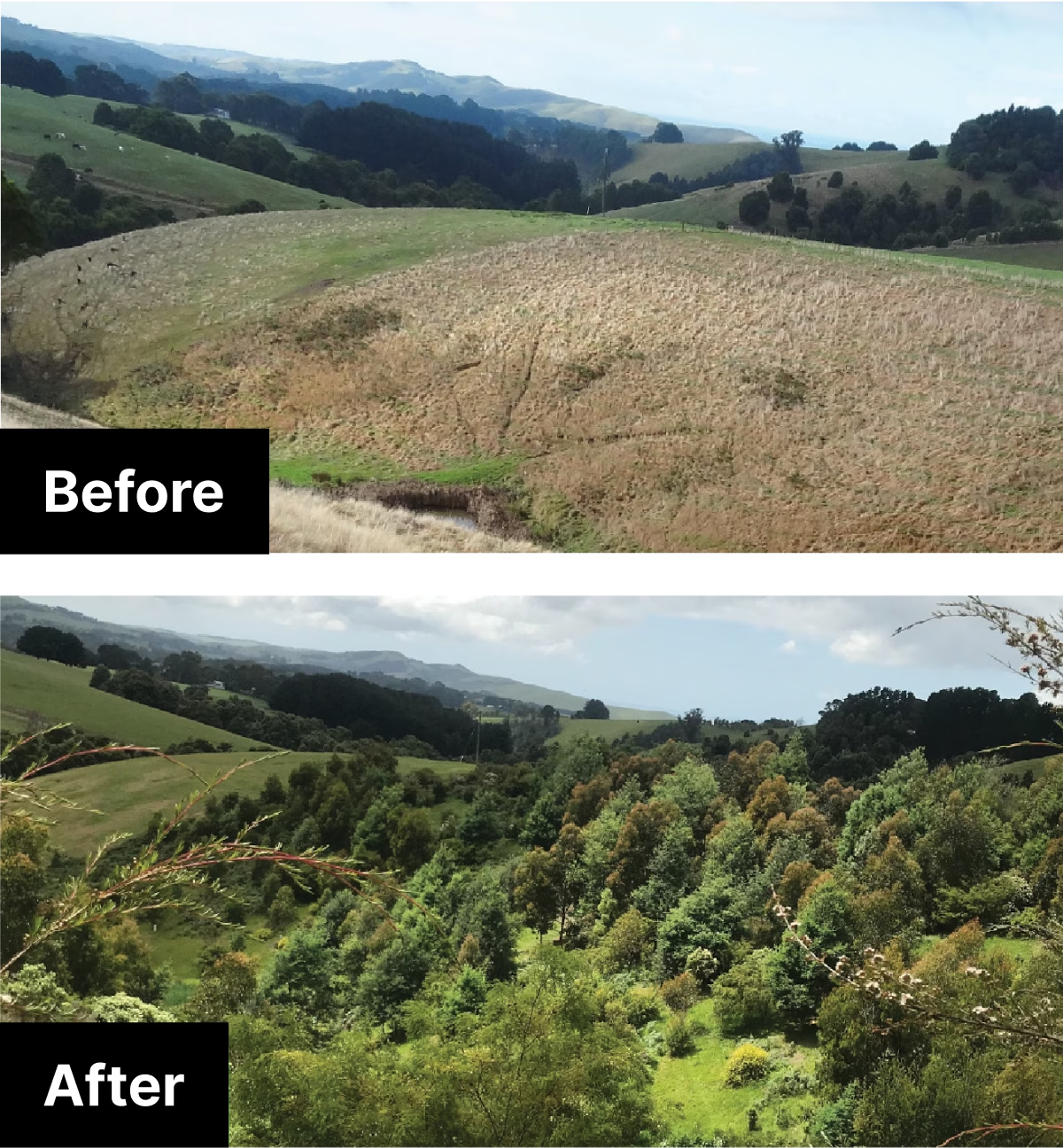> Sustainability
Our Responsibility
Aluminium versus other materials
Aluminium is a key material contributing to construction. It is strong, durable, and lightweight, yet also flexible, impermeable, corrosion-resistant, and infinitely recyclable.
Thank you for reading this post, don't forget to subscribe!Derived from bauxite with reserves projected to last hundreds of years, it contrasts sharply with fossil fuels—essential for plastic and uPVC windows—where supplies may be depleted within 50 years. While timber is renewable, it faces constraints related to forestry and land use. Each material presents trade-offs, requiring a balanced approach to ensure optimal application.
Lifecycle impact
Studies demonstrate that, although aluminium production is energy-intensive, its long-term benefits outweigh its initial energy impact. Aluminium surpasses alternative window materials in recyclability and durability, with aluminium and timber windows often exceeding a 40-year lifespan, compared to an average of 25
years for uPVC (Weir & Muneer, 2023).
Aluminium’s ability to be infinitely recycled without quality loss—already comprising a third of global consumption—ensures that much of its initial energy investment is recaptured over multiple life cycles.
Aluminium is best utilised in applications where its unique properties are indispensable.
Architectural Window Systems Pty Ltd (AWS) recognises that sustainability is a continuous process, requiring commitment to recycling, responsible sourcing, and environmental impact is mitigated at all stages of production. When aluminium use is optimised and efficiency measures are implemented throughout its lifecycle, its role in sustainable construction is not only justified but also essential.
In this context, aluminium windows and doors provide a responsible and future-ready solution that meets both environmental and architectural demands.
Reference:
Weir, G., & Muneer, T. (2023). Life cycle of window materials—a comparative assessment. Scientific Reports. Retrieved from file:///M:/SUSTAINABILITY/Website%20Copy/Sources/s41598-023-47185-7.pdf


Our Responsibility
Aluminium versus other materials
Aluminium is a key material contributing to construction. It is strong, durable, and lightweight, yet also flexible, impermeable, corrosion-resistant, and infinitely recyclable.
Derived from bauxite with reserves projected to last hundreds of years, it contrasts sharply with fossil fuels—essential for plastic and uPVC windows—where supplies may be depleted within 50 years. While timber is renewable, it faces constraints related to forestry and land use. Each material presents trade-offs, requiring a balanced approach to ensure optimal application.


Lifecycle impact
Studies demonstrate that, although aluminium production is energy-intensive, its long-term benefits outweigh its initial energy impact. Aluminium surpasses alternative window materials in recyclability and durability, with aluminium and timber windows often exceeding a 40-year lifespan, compared to an average of 25 years for uPVC (Weir & Muneer, 2023).
Aluminium’s ability to be infinitely recycled without quality loss—already comprising a third of global consumption—ensures that much of its initial energy investment is recaptured over multiple life cycles.
Aluminium is best utilised in applications where its unique properties are indispensable.
Architectural Window Systems Pty Ltd (AWS) recognises that sustainability is a continuous process, requiring commitment to recycling, responsible sourcing, and environmental impact is mitigated at all stages of production. When aluminium use is optimised and efficiency measures are implemented throughout its lifecycle, its role in sustainable construction is not only justified but also essential.
In this context, aluminium windows and doors provide a responsible and future-ready solution that meets both environmental and architectural demands.
Architectural Window Systems Pty Ltd (AWS) recognises that sustainability is a continuous process, requiring commitment to recycling, responsible sourcing, and environmental impact is mitigated at all stages of production. When aluminium use is optimised and efficiency measures are implemented throughout its lifecycle, its role in sustainable construction is not only justified but also essential.
In this context, aluminium windows and doors provide a responsible and future-ready solution that meets both environmental and architectural demands.
Reference:
Weir, G., & Muneer, T. (2023). Life cycle of window materials—a comparative assessment. Scientific Reports. Retrieved from file:///M:/SUSTAINABILITY/Website%20Copy/Sources/s41598-023-47185-7.pdf
Sustainability
Transparency & Accountability
Since our inception, we’ve integrated sustainability into every level of our operations—from product design to manufacturing and supplier selection.
Looking ahead, we will track and measure our sustainability performance across our operations, with a focus on energy usage, waste generation, and resource intensity.
As one of Australia’s leading suppliers of aluminium window and door systems, AWS is committed to fostering a sustainable future through responsible Environmental, Social, and Governance (ESG) practices.
Sustainability is embedded in the DNA of our operations and product development, and we believe this is essential for long-term success and value creation for all our stakeholders.
We dedicate ourselves to acting with integrity and transparency, fostering strong employee engagement while building trusted relationships with suppliers and partners

Reducing GHG Emissions & Restoring Native Forests with Greenfleet
AWS recognises the urgency of reducing greenhouse gas emissions.

Our FY23-24 total emissions were 16,282 tCO₂-e. We measured our scope 1 emissions to be 1,423 tCO₂-e, scope 2 to be 1,389 tCO₂-e, and scope 3 to be 13,470 tCO₂-e.
AWS have partnered with Greenfleet, an Australian not-for-profit environmental organisation focused on protecting the climate by restoring native forests. We currently purchase offset units through Greenfleet for our fleet’s freight movements and staff air travel, accounting for 13% of our scope 1 emissions.
Additionally, we have partnered with Greenfleet to restore one hectare of native forest located in Ledcourt, Victoria. While our freight offsets were allocated to restoring biodiversity in Ivory Creek, a rural locality in the Somerset Region, Queensland.
Reducing GHG Emissions & Restoring Native Forests with Greenfleet
AWS recognises the urgency of reducing greenhouse gas emissions.
Reducing GHG Emissions & Restoring Native Forests with Greenfleet
AWS recognises the urgency of reducing greenhouse gas emissions.

Our FY23-24 total emissions were 16,282 tCO₂-e. We measured our scope 1 emissions to be 1,423 tCO₂-e, scope 2 to be 1,389 tCO₂-e, and scope 3 to be 13,470 tCO₂-e.
AWS have partnered with Greenfleet, an Australian not-for-profit environmental organisation focused on protecting the climate by restoring native forests. We currently purchase offset units through Greenfleet for our fleet’s freight movements and staff air travel, accounting for 13% of our scope 1 emissions.
Additionally, we have partnered with Greenfleet to restore one hectare of native forest located in Ledcourt, Victoria. While our freight offsets were allocated to restoring biodiversity in Ivory Creek, a rural locality in the Somerset Region, Queensland.
In 2024, 99.4% of the total extrusion procured by AWS was sourced from
billet of <8M t CO₂e/t Al (From ASI Certified Sources).
So far, in 2025, 96.6% of the total extrusion procured by AWS has
been sourced from billet of <8M t CO₂e/t Al (From ASI Certified Sources).
All extrusion supplied to AWS is sourced from ASI-certified suppliers.
